

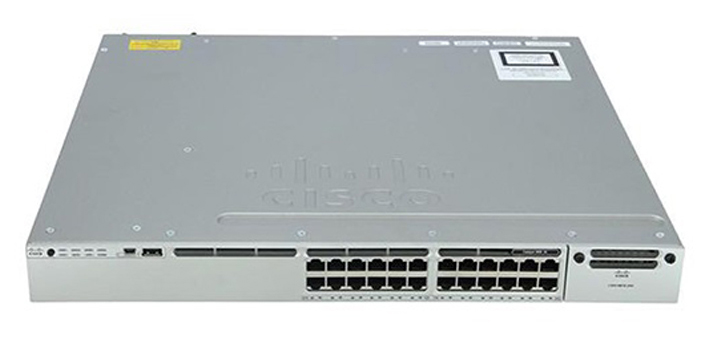


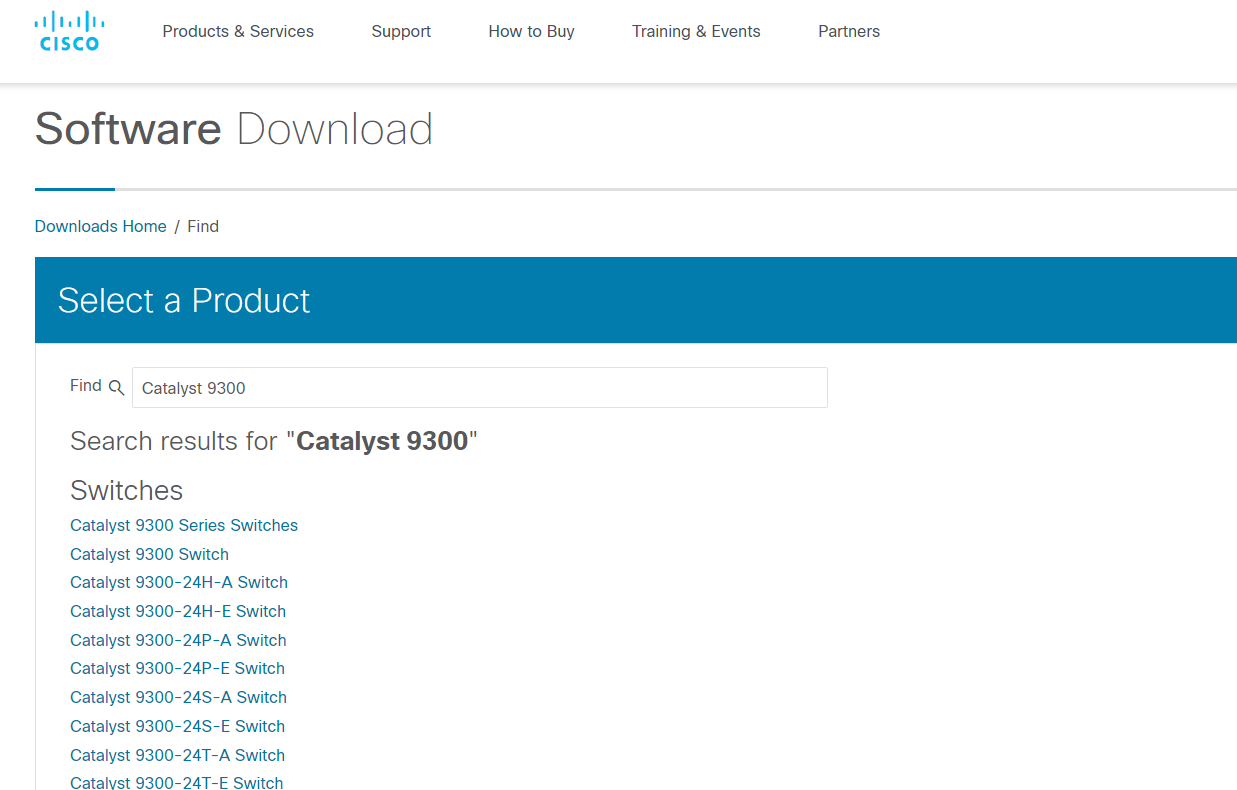
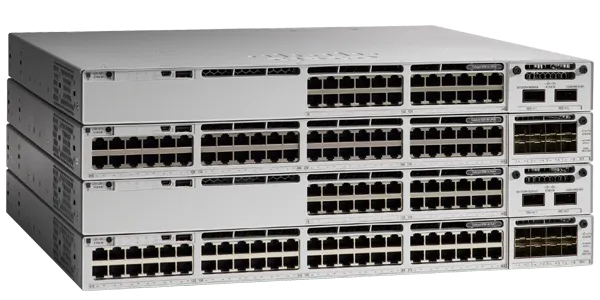
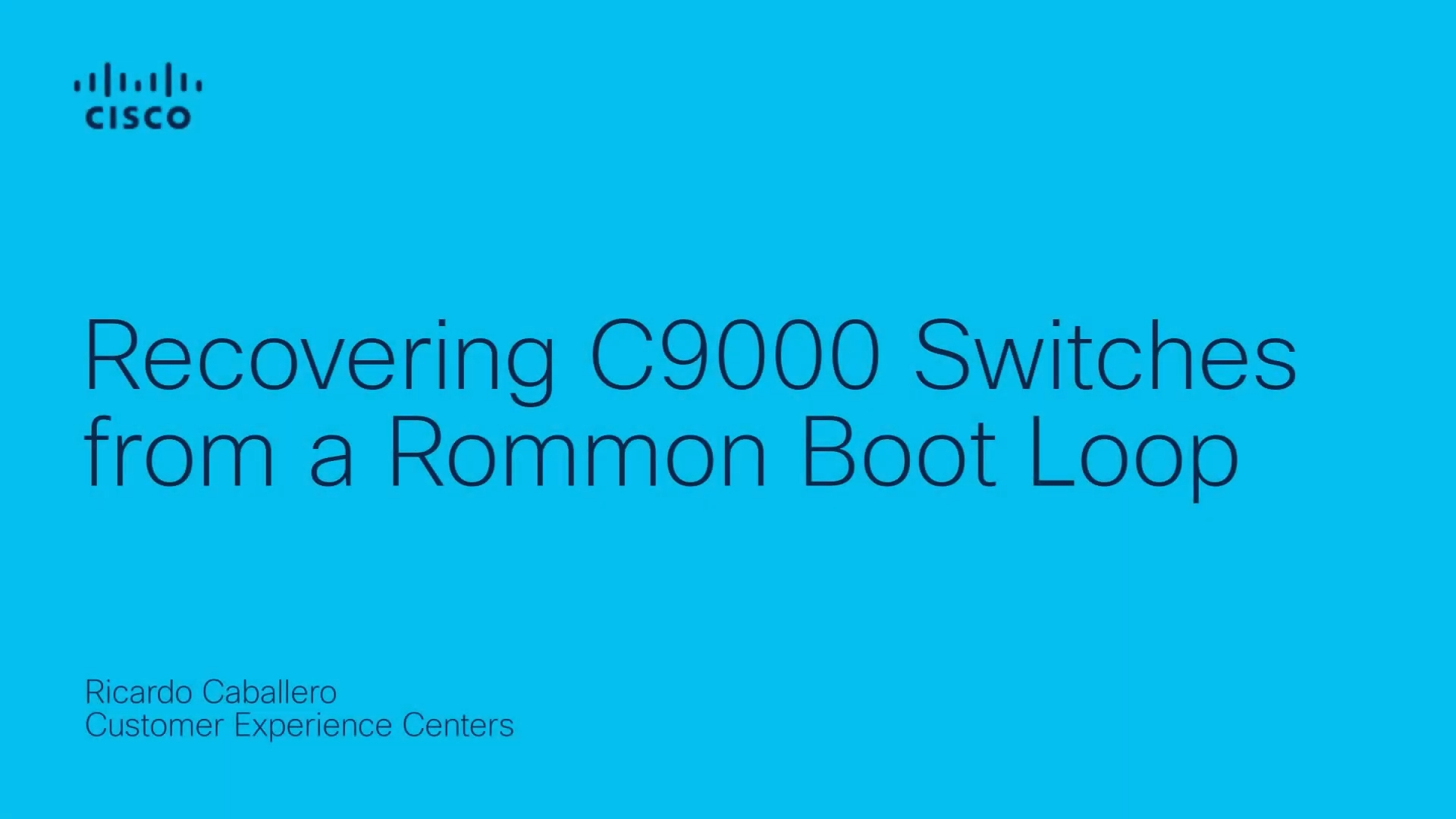

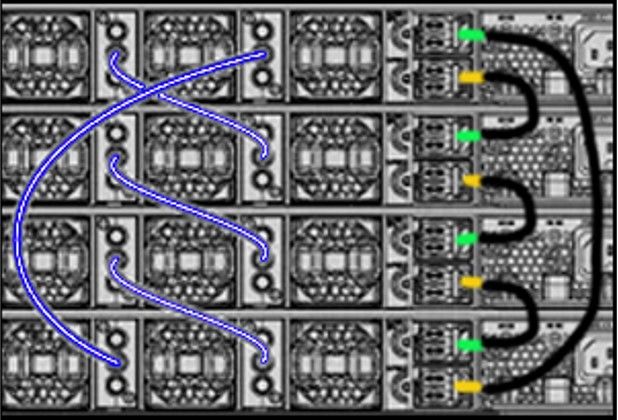

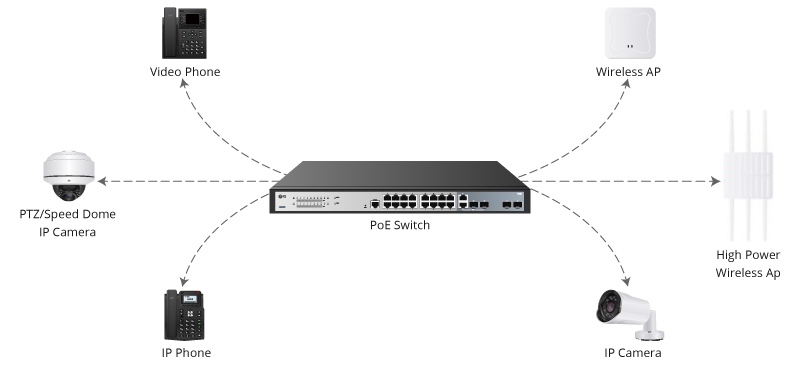

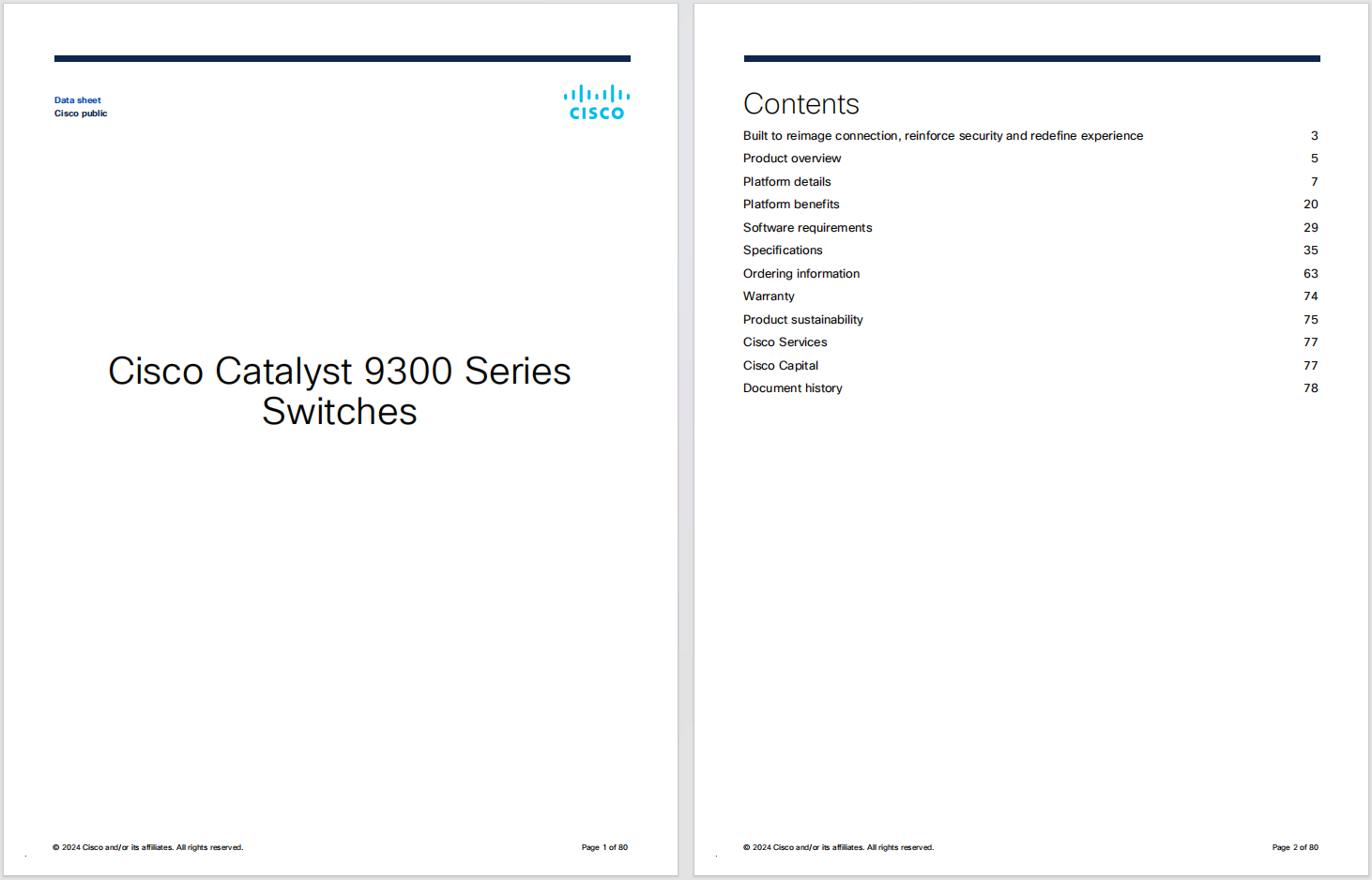



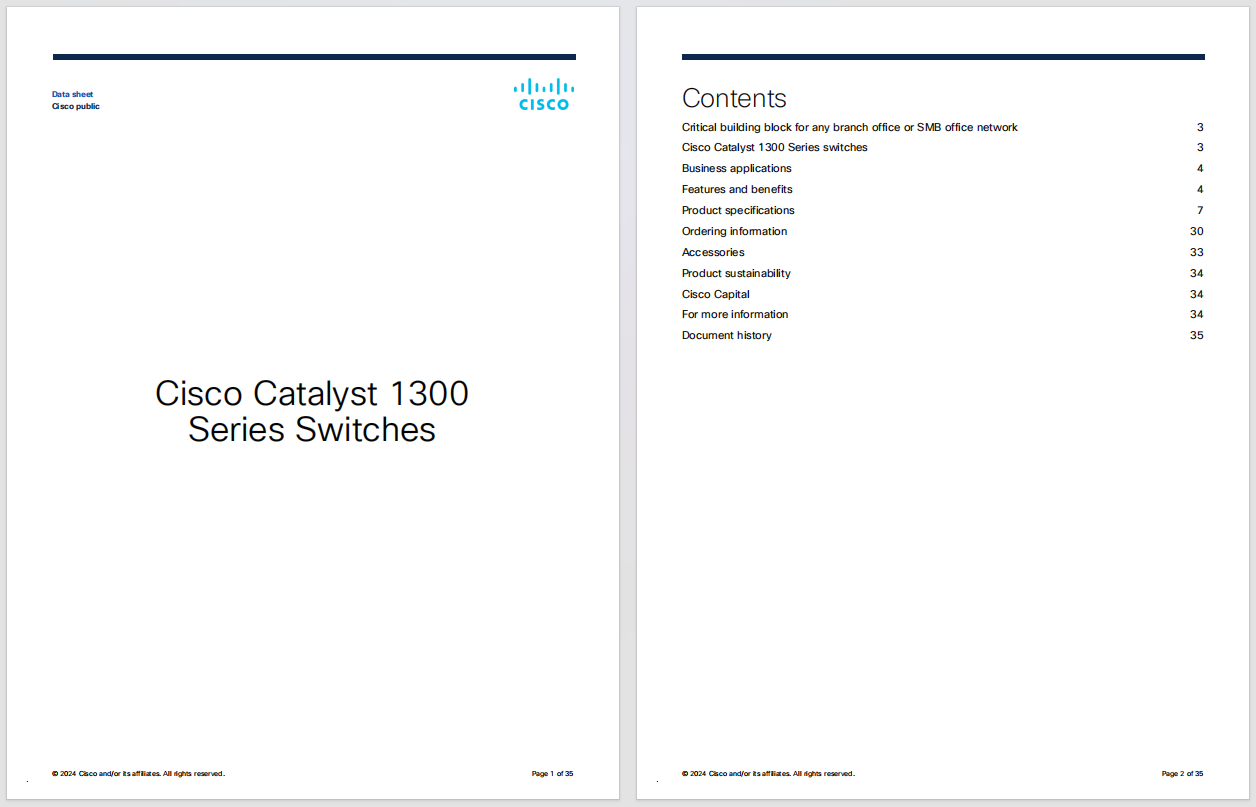
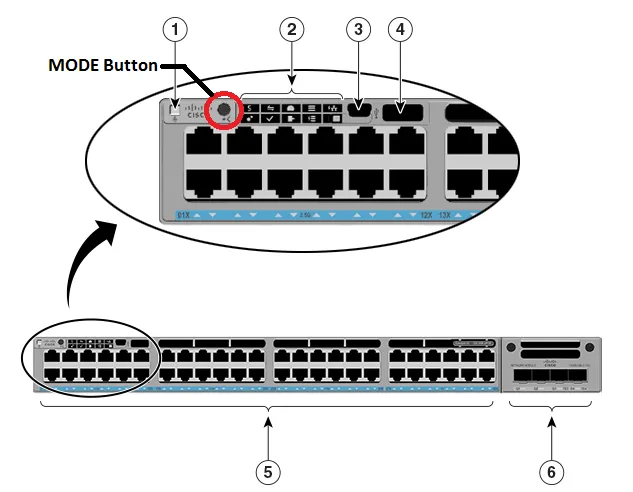
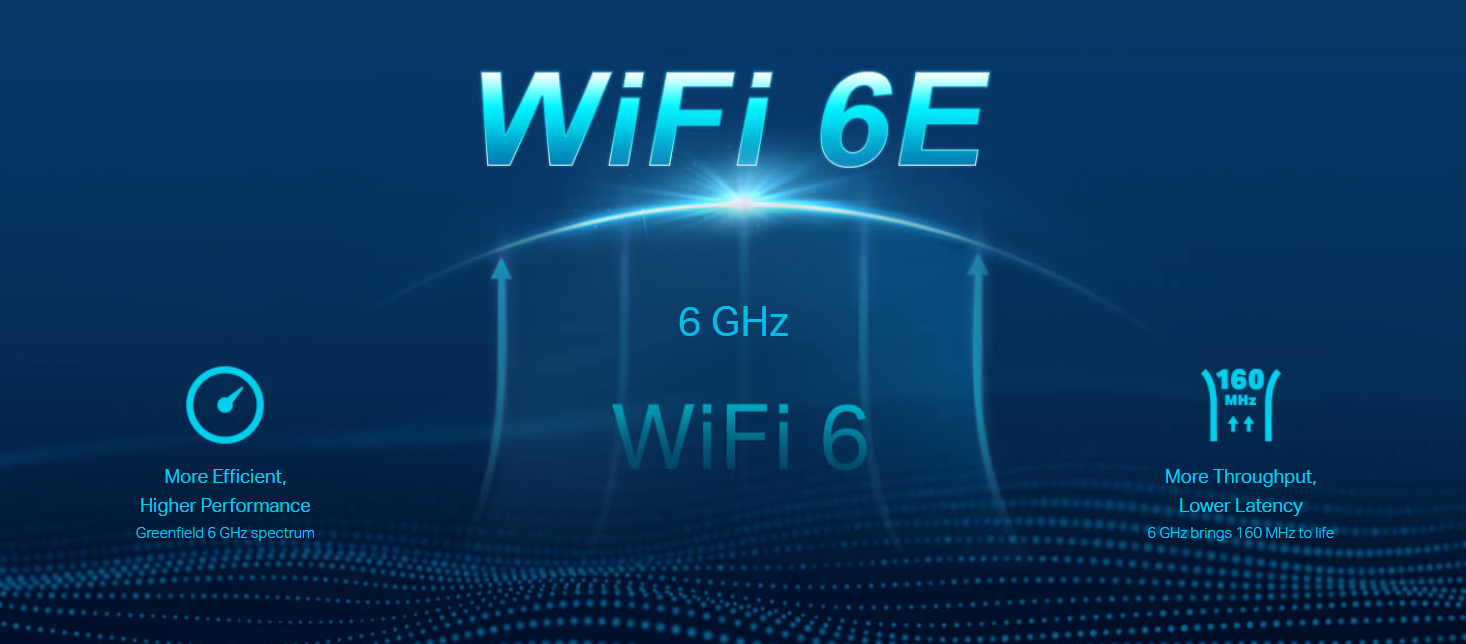

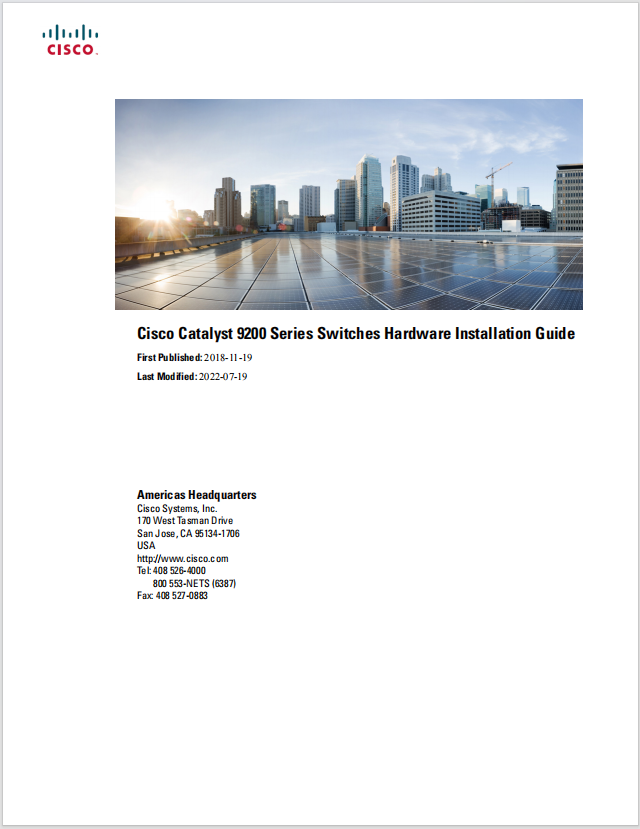

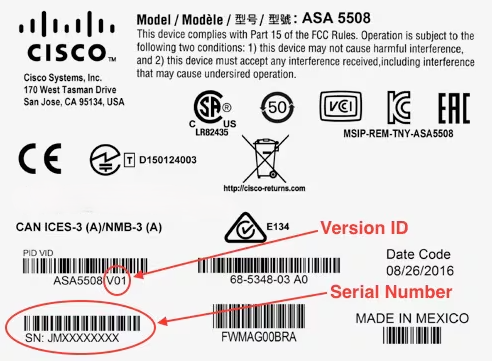
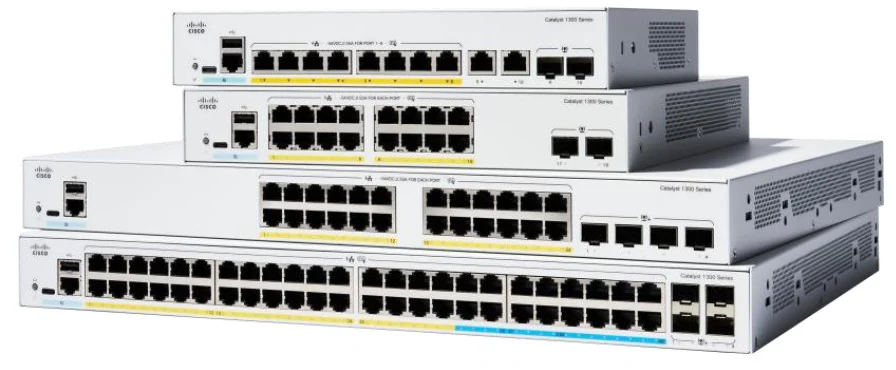



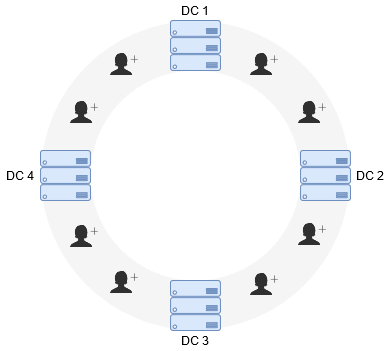
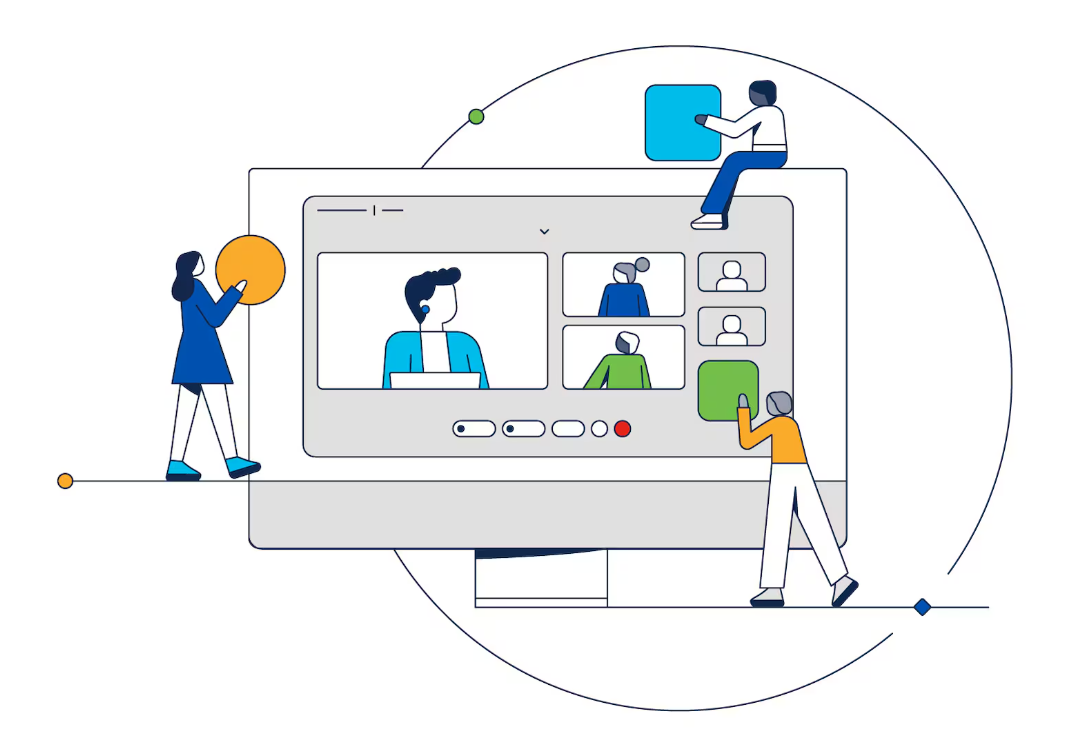
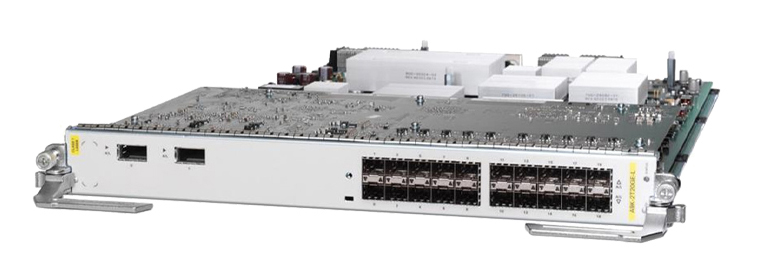

As the latestCisco Annual Internet Reporthighlights, fixed broadband speeds will more than double by 2023 globally. By 2023, global fixed broadband speeds will reach 110.4 Mbps, up from 45.9 Mbps in 2018. Currently, residential broadband traffic is growing at an average rate of 30-35% globally. Now as more people are working from home, accessing cloud-based business applications and video conferencing, traffic will grow at a much higher rate. Broadband operators are clamoring for ways to deliver more downstream and upstream capacity to accommodate the demand. One of the ways that operators can deliver more speed at a lower cost is using virtualization as was discussed on our last blog.
And as operators virtualize and containerize their service delivery infrastructure and network, two key questions come up repeatedly:
 Flexible Consumption Model (FCM)
Flexible Consumption Model (FCM)Cisco has come up with a flexible consumption model across mobile, cable, routing, and data center infrastructure groups to help migrate customers to a software-centric subscription model.
And the approach we have taken in cable transforms the cable broadband access market and prepares it for the cloud age. We implemented a Flexible Consumption Model(FCM) for both our vCCAP Cloud Native Broadband Router(cnBR) and our legacy CCAP platform, CBR-8. Instead of selling hardware and bandwidth licenses, we moved to a success based software subscription model. As a result, we unlock the full capacity of the platform on day one and there will not be any additional bandwidth costs.
This shift allows our customers to deliver competitive broadband service offerings without worrying about the cost. They can respond to market demand with higher bandwidth tiers in real-time. They will also not have to worry about additional bandwidth licensing costs. This is transforming the cable access infrastructure market.
Here is a summary of the benefit of the FCM compared to the traditional bandwidth-based network infrastructure model:
As figure 1 shows how in the traditional model, you incur additional bandwidth license fees as you unlock more capacity and reduce your service group size. Figure 2 highlights how the Flexible Consumption Model(FCM) unlocks bandwidth on day 1 and there will be no additional bandwidth charges as you add more capacity to meet demand or reduce your service group size. With the success based FCM model, you pay for software Right to Use(RTU) as you acquire new subscribers and a software innovation fee which gives you access to any new software features.

Figure 1. Traditional CCAP Model
 Etiquetas calientes:
Service Provider
ccap
cable access
Cisco Enterprise Agreement
Cisco Annual Internet Report
Etiquetas calientes:
Service Provider
ccap
cable access
Cisco Enterprise Agreement
Cisco Annual Internet Report